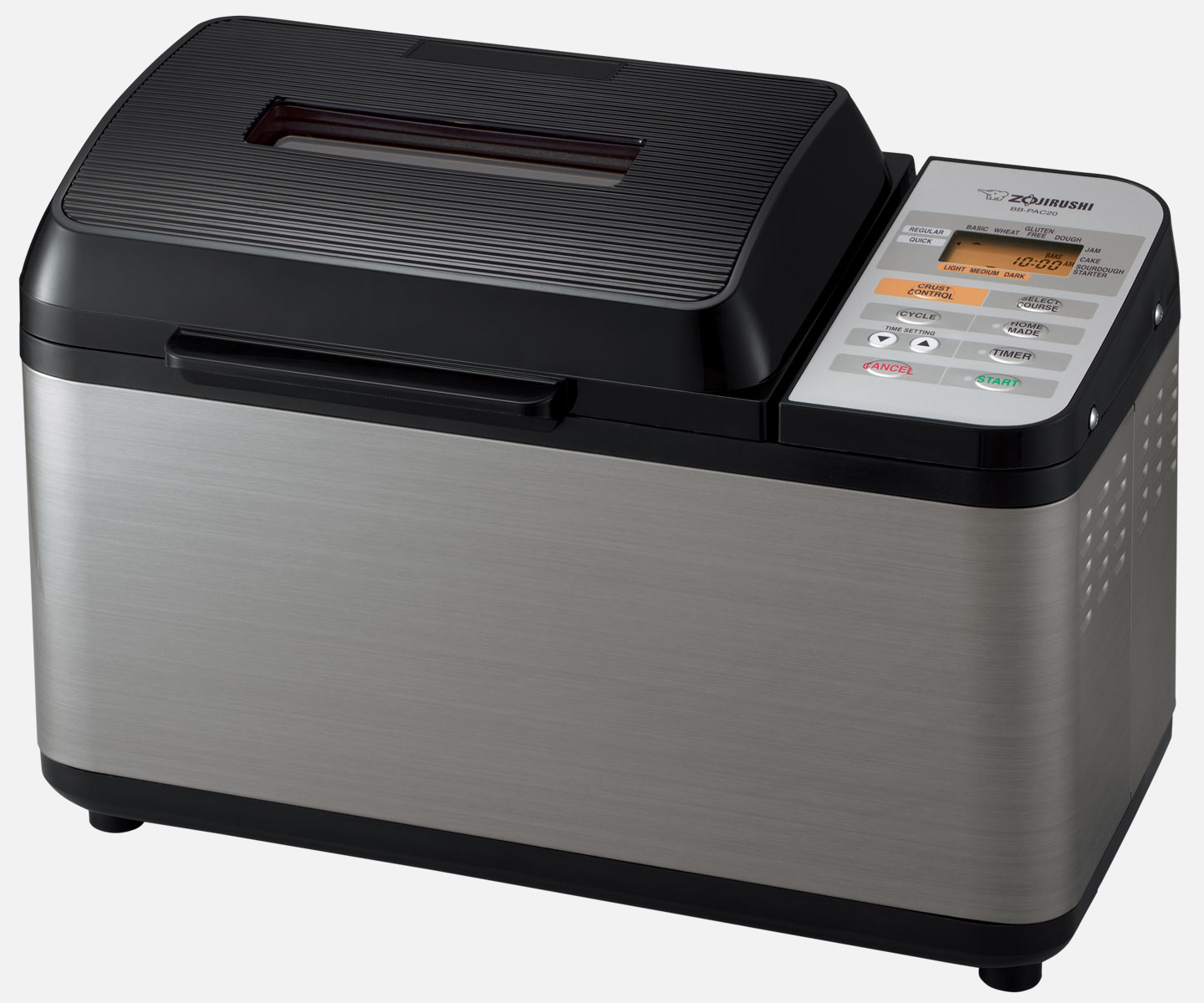 |
| Measuring out some biga |
I've tried 3 of the book's 6 biga recipes, so far:
- Pane bigio: small, round, crusty bread with a bit of of whole wheat and buckwheat flour
- Pagnotta: a round, crusty, floury country bread that resembles sourdough
- Pane di cereale: shaped like pagnotta, but not crusty, and with a fair amount of whole wheat and cracked grains
They all worked out, more or less, and the pane di cereale has joined Zojirushi's pumpernickel recipe as one of my favorites.
I tried the pane bigio recipe first (on the 2nd day after starting the biga) because it has a crunchy crust and some whole grains (whole wheat and buckwheat). The bread had great texture (hard crust, soft interior) but tasted blah, since I used no salt. I'll try it again with half salt.
For the pagnotta (on the 4th day of biga) I thought I followed the instructions exactly, but I must have overcounted the flour measures: the dough turned out to be much too soft to work with. I almost threw it out, but my husband saved it, mixing a bunch more flour into it and pouring it into a lightly oiled, large bread pan. The result was tasty and had a great texture, but I wouldn't make it for myself; I like some whole grain in my bread. However, my daughter asked me to make "the sourdough" again, so I did.
The second attempt at pagnotta (on the 6th day of biga) turned out much better. I modified it slightly, reducing the salt to 1 teaspoon and the yeast to a scant teaspoon. I ran out of time to cook the bread, so after the second rise in the bread machine, I put the dough into a lightly oiled bowl, covered it with plastic wrap, and refrigerated it. The next morning, I shaped it, let it rise for the final time in the oven on proofing mode, and baked it.
 |
| Pagnotta |
That is one delicious bread. I probably could have baked it a few minutes longer, but the taste is really really good. It's moist inside, with a chewy crust. Yum. My husband and daughter say it goes great with pâté, and it should be great toasted.
 |
| The bread was half-eaten by the time I got to taste it |
Finally, I made pane di cereale on the 4th day of biga, right after the first pagnotta. I'd hesitated to make the pane di cereale because it has a soft crust, but on the other hand it also has the most whole grain of all the biga recipes. I modified the recipe slightly, reducing the salt and yeast to 1 teaspoon each. For the cereal I used Bob's Red Mill 10-grain.
 |
| Pane di cereale |
This bread is delicious, even to salt eaters. We made chicken sandwiches with it, untoasted, and it stood up a little better than store-bought sandwich bread would have. Besides tasting good, this bread also looks good.
 |
| Pretty inside and out |
 |
| Not quite bigger than a breadbox |
I still have some biga left, even after a first, failed attempt at pane di cereale where I forgot to add yeast. I'll probably use it to make the pane bigio and pane di cereale again. If I manage to get some semolina flour and farina (Cream of Wheat), I might try the Italian semolina bread recipe. There's also a challah recipe that sounds intriguing, although I'm not usually into egg bread. I'll skip the pane all'uva; I love raisin bread, but savory raisin bread doesn't sound appealing.
A note about proofing: Our DCS range recently broke down, and rather than get the annoying beast repaired at great expense, we bought a Samsung stove. The new stove is much better in almost every way, and it has a proofing mode. My kitchen tends to be cold, so I've used the proofing mode for the final rise whenever the oven wasn't already in use. I'm no expert, but proofing mode has worked well for me, so far.










































